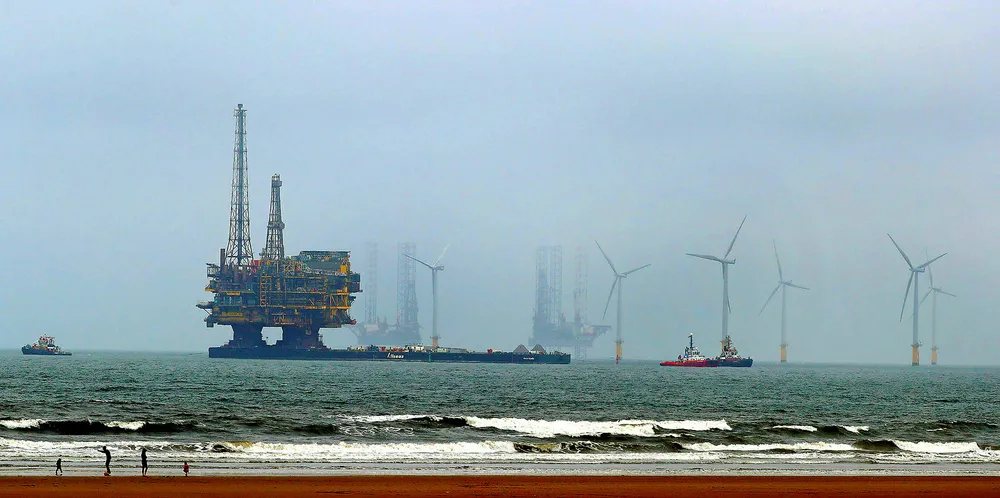Offshore wind spearheading oil industry lower-carbon shift: DNV GL
Decarbonisation 'at centre of agenda', with 60% in consultancy survey claiming transition to less carbon-intensive energy mix ramping up in 2020

Decarbonisation 'at centre of agenda', with 60% in consultancy survey claiming transition to less carbon-intensive energy mix ramping up in 2020
